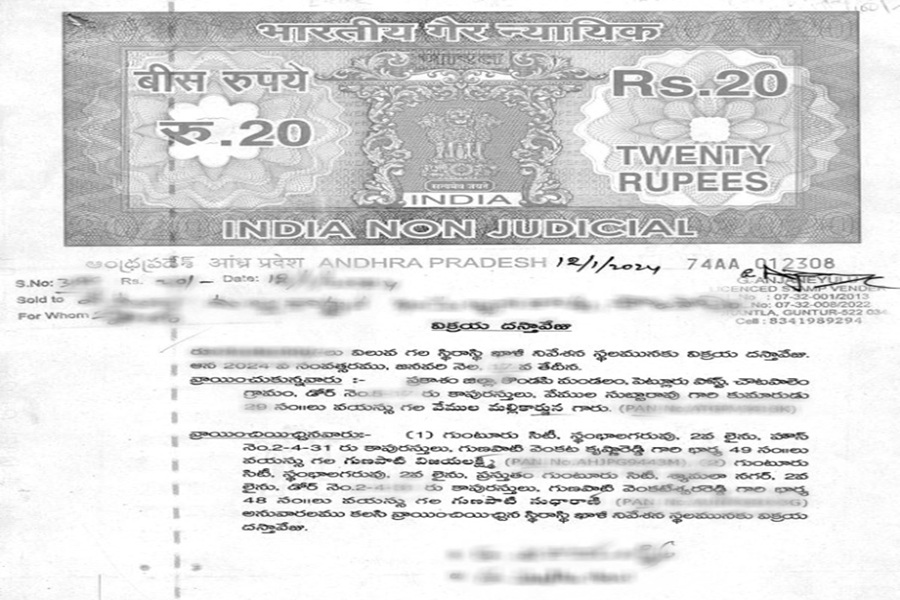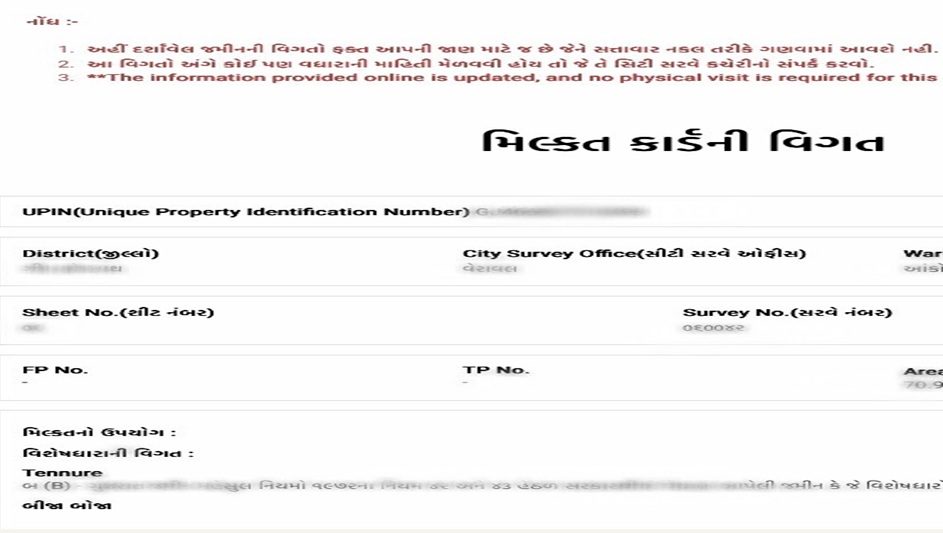Inam land in India refers to land granted to individuals or institutions as a reward or recognition for services rendered to the government or community. These grants, known as Inams, were a prevalent feature of the pre-independence Indian administrative and revenue system.
What is Inam Land?
Inam land signifies a grant of land revenue, with or without the transfer of ownership, made by a ruler or government to an individual or institution. These grants were typically hereditary and transferable, subject to certain conditions and obligations. The Inam system served as a means of patronage, rewarding loyal service, supporting religious institutions, and promoting agricultural development. Different types of inams existed, varying in nature, extent, and the conditions attached to them.
What are the Types of Inam Lands?
Several categories of Inam lands existed in India, each distinguished by its purpose, beneficiary, and terms of the grant.
- Service Inams: These were granted in return for services rendered to the state, such as military service, village administration, or temple duties.
- Religious Inams: Also known as Devasthan or Dharmadaya Inams, these were given to temples, mosques, or other religious institutions for their maintenance and upkeep.
- Personal Inams: These were granted to individuals as a mark of favor or recognition for their services or achievements.
- Village Service Inams: These were granted to village servants, such as potters, carpenters, and blacksmiths, in exchange for their services to the village community.
What was the Historical Context of Inam Lands?
The Inam system has deep roots in Indian history, dating back to ancient times. It evolved and became more formalized during the medieval period under various rulers and dynasties. The British colonial administration initially continued the Inam system but later introduced reforms and regulations to streamline land revenue administration. Post-independence, the Indian government enacted legislation to abolish the Inam system and convert Inam lands into regular tenures.
What were the Key Features of the Inam System?
The Inam system possessed several defining characteristics:
- Grantor and Grantee: A ruler or government made the grant (Inamdar) to an individual or institution (Inamdar).
- Hereditary Nature: Inams were typically hereditary, passing down through generations of the Inamdar’s family.
- Transferability: In many cases, Inam lands could be transferred or alienated, subject to certain restrictions.
- Conditions and Obligations: Inamdars were often subject to certain conditions and obligations, such as rendering service, paying a fixed amount of revenue, or maintaining a religious institution.
- Resumption: The government reserved the right to resume Inam lands under certain circumstances, such as failure to fulfill the conditions of the grant or violation of regulations.
What was the Impact of the Inam System?
The Inam system had a mixed impact on Indian society and economy. On the one hand, it provided a means of rewarding service, supporting religious institutions, and promoting agricultural development. On the other hand, it led to complexities in land ownership, exploitation of tenants, and revenue loss for the government. The abolition of the Inam system aimed to address these issues and create a more equitable land tenure system.
How did the Abolition of the Inam System come about?
Following India’s independence, various state governments enacted legislation to abolish the Inam system. These laws provided for the resumption of Inam lands by the government and the conferment of ownership rights on tenants or occupants. The abolition of the Inam system was a significant step towards land reform and aimed to eliminate intermediaries, protect the rights of tenants, and promote social justice.
What was the Legal Framework for Inam Abolition?
Several laws were enacted to abolish the Inam system in different states of India. Some of the key legislations include:
- The Madras Estates (Abolition and Conversion into Ryotwari) Act, 1948: This act provided for the abolition of estates, including Inam estates, in the state of Madras (now Tamil Nadu).
- The Andhra Pradesh (Telangana Area) Abolition of Inams Act, 1955: This act aimed to abolish Inams in the Telangana region of Andhra Pradesh (now Telangana).
- The Bombay Personal Inams Abolition Act, 1952: This act provided for the abolition of personal Inams in the state of Bombay (now Maharashtra and Gujarat).
- The Mysore (Personal and Miscellaneous) Inams Abolition Act, 1954: This act aimed to abolish personal and miscellaneous Inams in the state of Mysore (now Karnataka).
These legislations varied in their details but generally followed the same principles of resumption of Inam lands, conferment of ownership rights on tenants, and payment of compensation to Inamdars.
What were the Challenges and Issues Related to Inam Lands?
Despite the abolition of the Inam system, several challenges and issues persist with Inam lands in India:
- Disputes over Ownership: Disputes over the ownership and rights of Inam lands continue to arise, particularly in cases where the original grants were poorly documented or the terms of the grant were unclear.
- Litigation: Litigation involving Inam lands is common, with parties contesting the validity of Inam grants, the rights of tenants, or the amount of compensation payable to Inamdars.
- Implementation Issues: The implementation of Inam abolition laws has been uneven, with delays in the resumption of Inam lands and the conferment of ownership rights on tenants.
- Rehabilitation of Inamdars: The rehabilitation of Inamdars who lost their lands as a result of the abolition of the Inam system remains a challenge, with many Inamdars struggling to adapt to the new economic realities.
What is the Current Status of Inam Lands?
The Inam system stands abolished in most parts of India, but issues and disputes surrounding Inam lands continue to surface. Governments are taking measures to resolve these issues, streamline land records, and ensure the effective implementation of land reform measures. The focus is on protecting the rights of tenants and occupants, promoting equitable land distribution, and fostering sustainable agricultural development.


